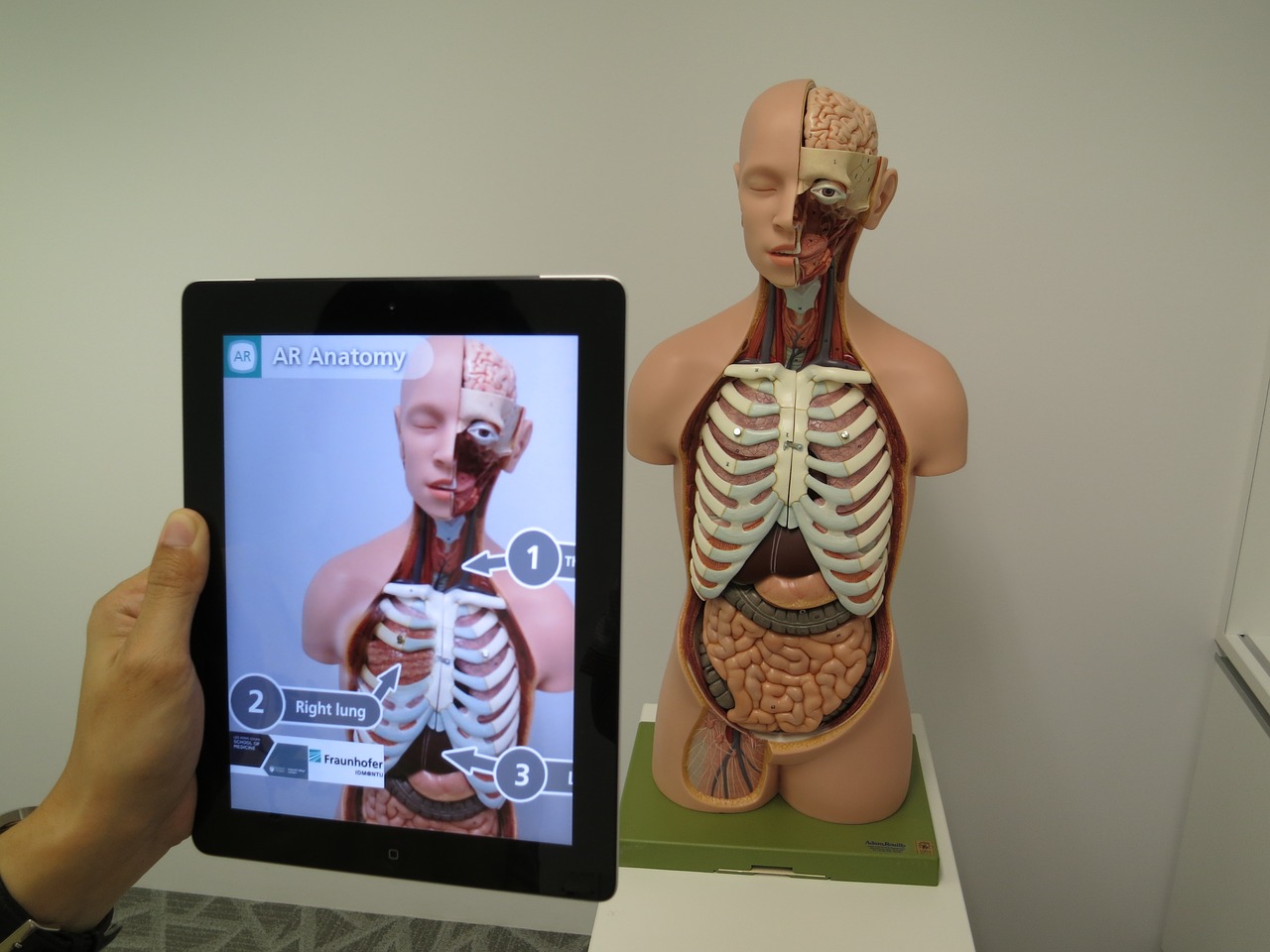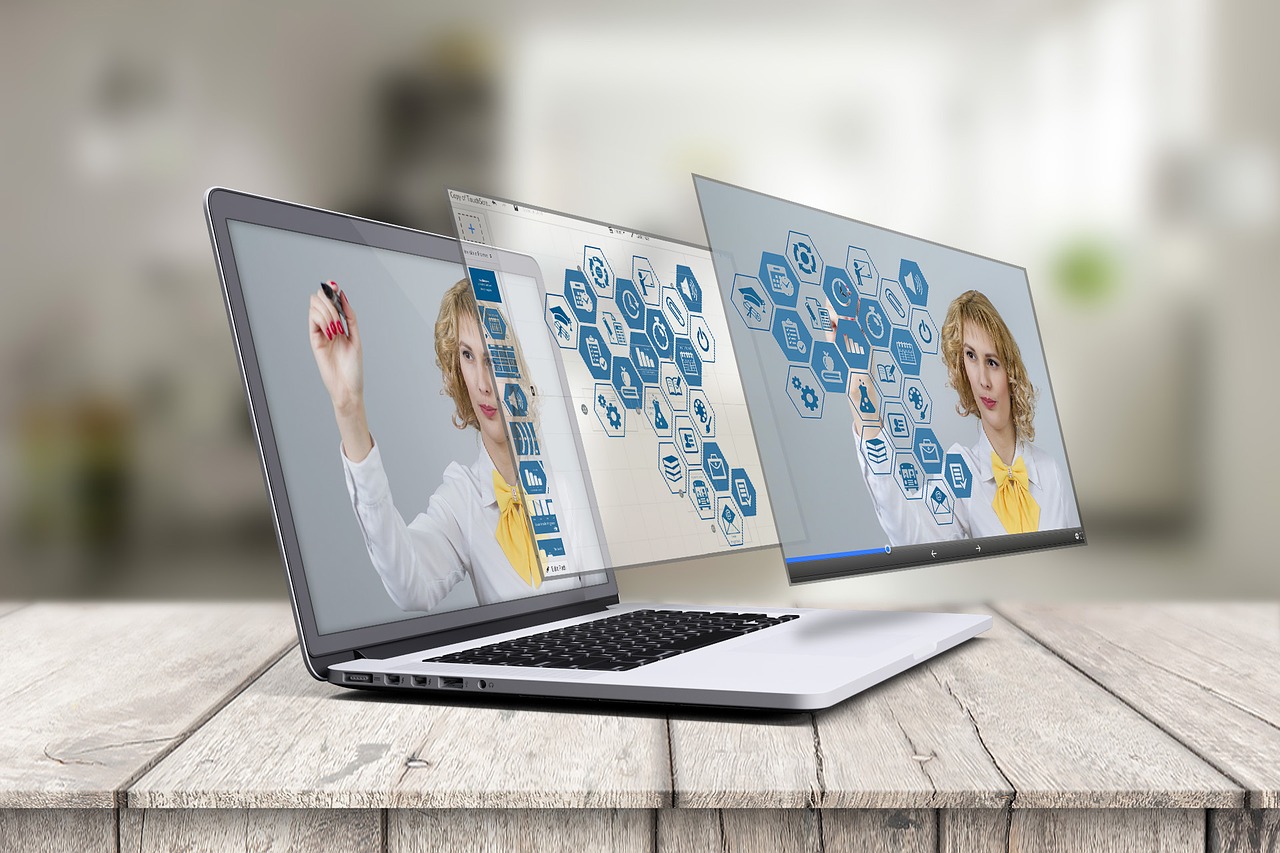Most people have heard of virtual reality—an immersive, computer-generated simulation that looks real and allows people to interact with it. Plenty of people own VR headsets for entertainment and gaming. You can even buy models that plug into your smartphone for VR gaming on the go.
However, fewer people are aware of augmented reality and the way this technology is becoming commonplace in a variety of settings. As the technology evolves, it’s not too much of a stretch to assume that augmented reality will begin making its way into the workplace—in fact, it already has. Augmented reality could play a significant role in the future of work.
What is augmented reality?
So what is augmented reality, how does it differ from virtual reality, and how exactly does it work? Let’s find out what it is and how augmented reality is being implemented in workplaces now.
Augmented reality is a form of technology that uses graphics and/or video and lays them over the physical world, allowing users to view the “augmented reality” through a screen or lens. This allows users to see an enhanced, or augmented, version of reality and access additional information about products or processes. Users can interact with their world in a new way, in real time.

Will companies really use this technology?
Many factories are already beginning to use augmented reality regularly in the workplace, especially to improve workforce training and maintenance on equipment.
At one GE laboratory in Wisconsin, engineers are experimenting with an Xbox gaming console and Kinect motion tracker to improve factory processes through AR. Motion tracking technology can observe factory workers’ actions, with the potential to offer corrections and alert workers to mistakes in real time. Because the cameras and motion detectors feed the information to a computer that stores the assembly instructions, the technology can stop mistakes before they happen.
With augmented reality, factory workers can also view the physical world through a device, such as goggles or a smartphone screen, that projects digital information over what workers see around them. Assembly instructions can be projected onto different parts to guide workers.
Statista, a company that collects data and makes statistical information available digitally, estimated that the augmented reality market was worth around $5.91 billion in 2018 and that it has the potential to explode to a value topping $198.7 billion by 2025.
More than 10% of Fortune 500 companies have already begun shopping applications for augmented reality. This is a real change that is happening now and shows no signs of slowing down. Leading research and advisory company Gartner Research estimates that by the year 2020, more than 20% of large-scale enterprises will have begun adopting augmented reality, mixed reality, and/or virtual reality solutions in the workplace.
What applications exist now?
There are several promising applications for augmented reality technology coming into workplaces now, from factories to retail stores. As mentioned previously, factory applications have the potential to help workers be more efficient on the job by assisting them with assembly, preventing technical errors, and helping to train new workers.
Similarly, in warehouses, workers are using programs like Skylight, a platform from Upskill, to help complete and pack orders much more quickly than before. The program connects to a smart warehouse system, feeding workers information in real time about the location of products and providing directions to retrieve them quickly. Companies using Skylight to help fill orders have seen an average worker performance boost of around 32%, a significant improvement.

Companies are always looking for new ways to engage with their customer base. With interactive printing capabilities, it is now a real possibility for companies to print promotional materials that allow potential customers to interact with their products in real time through a smartphone app. Some mobile apps, like those for Ikea and Nike, among others, already use this technology to allow customers to visualize a product in their home before making a purchase. For instance, if you planned to purchase a sofa or a chair from Ikea, you could use the company’s mobile app to project the product into your home. Customers gain greater confidence in the items they plan to buy, and the company makes more sales faster as a result.
Salespeople may also see augmented reality enhance their work in other ways. Augmented reality technologies could allow a sales representative to demonstrate product features or provide additional information while pitching to a customer. For example, food sales reps could use augmented reality to project the nutritional values for various products during sales presentations. In this way, augmented reality can supplement sales techniques already in use and improve sales.
An augmented reality overlay developed by a museum, store, or even a city could give visitors an interactive experience of the environment. The augmented reality might allow users to experience virtual guided tours with built-in navigation around a city or within a museum, or to receive promotions and view product demos while shopping.
Change is coming
Whatever ways virtual and augmented reality technologies appear in our lives now, there are more opportunities coming. Organizations are finding more and more ways to use augmented reality to enhance productivity, improve sales and customer satisfaction, and offer new ways to interact with the physical world every day.

